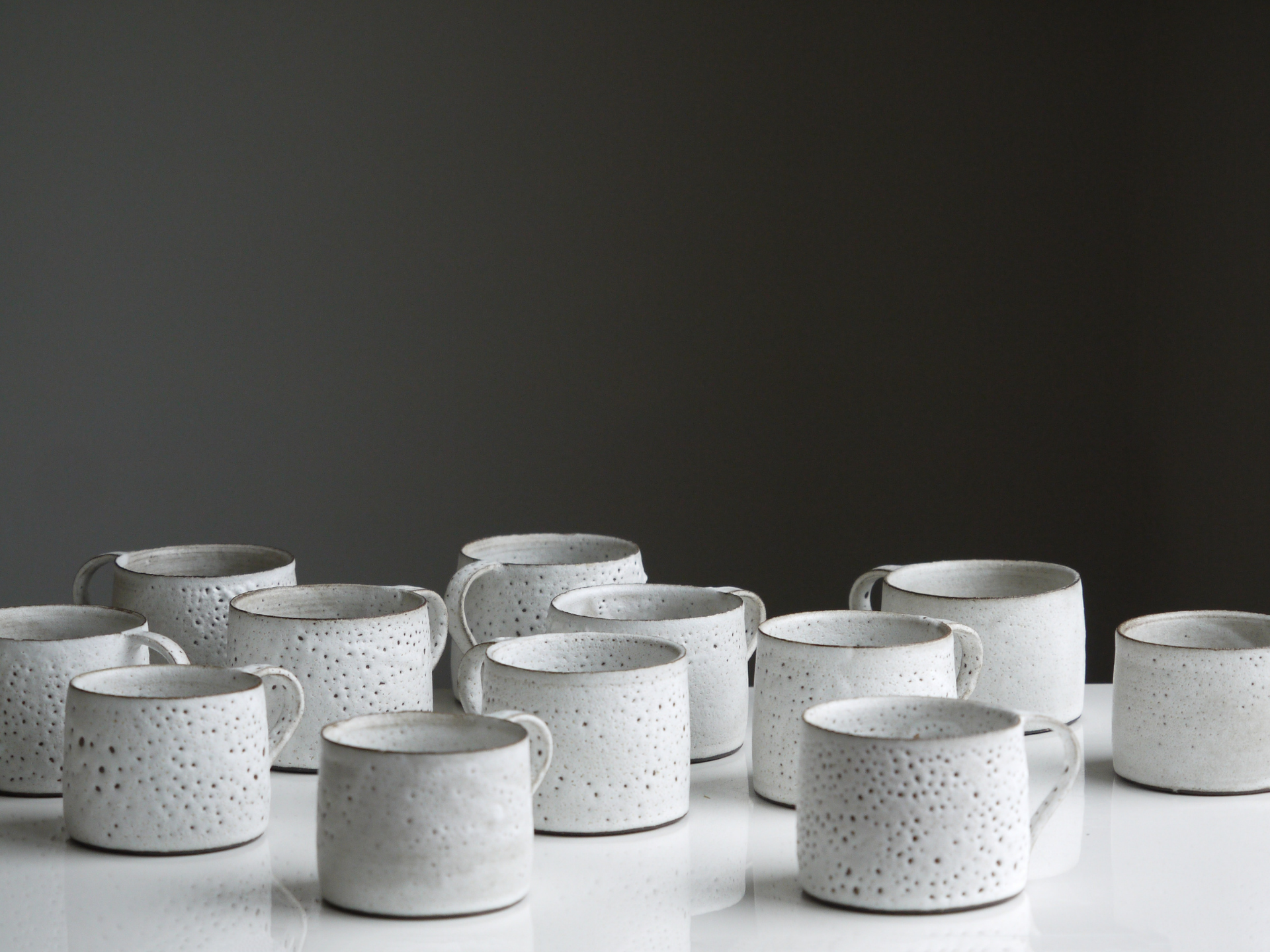5 facts you might not know about tea
When I attended my first tea masterclass in London in 2010 I remember being astonished at the incredible world of tea I never knew existed. There is so much fascinating science behind the humble tea leaf, so here’s a little dose of tea wisdom to get your neurons firing.
1) Tea helps you stay hydrated
Steeped tea is 99% water and 1% dissolved solids. If you drink less than six cups in one sitting (!) it is hydrating and helps you meet your daily fluid requirements.
2) Tea contains an ultra-rare amino acid that boosts your brain’s performance
The amino acid, L-theanine, found almost exclusively in tea*, is known to increase alpha-wave activity in our brains, improving cognitive performance, mental focus and reducing stress. It is so clever that it's often extracted from tea and used in other health products (but why bother when you can just drink tea!).
3) Caffeine in tea affects your body differently than caffeine in coffee
Tea contains roughly one third of the caffeine in coffee, but where it gets interesting is what happens when it enters our body. Caffeine in coffee goes straight to our coronary system (our heart), accelerating our heart rate and producing a short-term energy lift. In tea, it attaches to the tannins in tea and then flows through our full circulatory system, stimulating our nervous system, and is released more slowly. This creates a longer lasting, stimulating effect where our mind is sharpened, our concentration increased and fatigue reduced, as opposed to the fast and hard caffeine hit we experience with coffee.
4) Green tea and black tea are from the same plant
There are six different categories of tea: white, green, yellow, oolong, black and dark tea. The most common types consumed in New Zealand are green and black tea and a lot of people. All six types of tea start from the same leaf plucked from the Camellia Sinensis tea plant. It is then the specific processing steps that take place after harvest that change the colour, flavour and nutrient make-up of the leaf, and this is what determines which of the six categories the tea fits into.
5) Herbal ‘tea’ isn’t actually tea
Technically speaking, an infusion made from anything other than the leaves of the tea plant Camellia Sinensis plant isn’t tea. Lemon and ginger, peppermint and chamomile, for example, are ‘infusions’ or ‘tisanes’.
Time for a cup of tea,
~ Anna
> Check out our monthly tea subscription and get your daily dose of L-theanine delivered to your door.
If you found this interesting, please comment or share it below! ⬇
Join us and build your tea and wellbeing wisdom
If you would like to improve your tea and wellbeing knowledge, sign up to our mailing list below (underneath the comments form). I'd love you to join our community.
Notes:
*small amounts are found in some mushrooms
Facts 1, 2 and 3 sourced from: Keating, Brian R. Long, Kim. (2015). How to Make Tea; The Science behind the Leaf. Lewes. Print.
Find out more about the facts above in my other blogs:
- Three ways tea can be good for your brain
- Which has more caffeine? Green tea, black tea or coffee?
- Six types of tea - which will be your favourite?
- Why herbal tea isn't actually tea.
The beautiful photo at the top of this page is by Tom Crew on Unsplash


